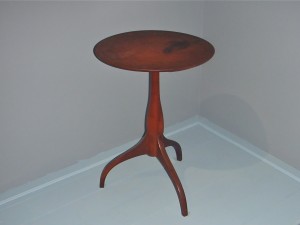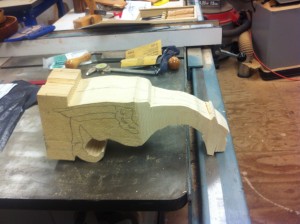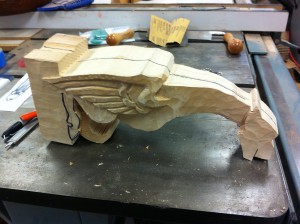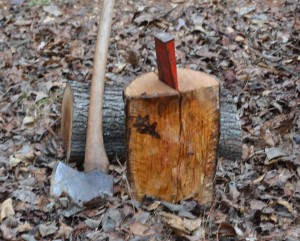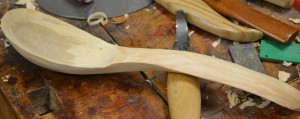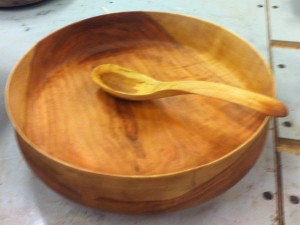I have been tied up pretty good the last few weeks coordinating a large project for my Habitat Chapter. We are building five town home condominiums just south of Atlanta, all sponsored by a major corporate donor who sends many volunteers to the site to help with construction. We sub-contract all the trades and use volunteer amateurs to do everything else we can. It makes for a very interesting situation, but the enthusiasm and joy from the volunteers is what makes it really fun.
This construction brings up two thoughts for wood workers. The first is about tolerances. One of the hardest lessons I had to learn as a newbie engineer many moons ago, was how many decimal places were required in a calculation. If the first decimal place cost ten dollars to calculate, the next one was a hundred dollars and the third one a thousand dollars, how much is the answer worth to you? When you are just starting out, that is not a simple question, but must be learned by hard experience and practice.
Sometimes I just want to work to the nearest inch, you know, sledge hammer type work. I was showing someone today how to read a tape measure (yes, there are people on site who cannot read a tape measure). I explained the inch, the half inch, the quarter inch, and the eighth inch marks and then told her that on this site today, you will not need to use marks smaller than the eighth inch marks. Even my experienced people on site sometimes over think things and spend too much time getting something to a 16th when a half will do.
Now, when I am making furniture, I am such a perfectionist that a 32nd or a 64th of an inch crack will haunt me every time I walk by the piece. And that brings up the next thought. Look over to the right of this missive and check out that square box of squiggly stuff. Do you know what that is? It is called a QR code, which stands for “Quick Response” code. It’s used like the bar code (I once knew a zebra named “Bar Code”) on your groceries to transmit information. If you have a smart phone, you can download an app (that’s an “application” for you Luddites) which will read the QR and act on the information contained in it. In the case of the one to the upper right, it sends you to the Highland Woodworking blog site on your smart phone so you can read about Highland any time any place. Maybe even buy some tools.
I have embedded a QR code in this blog for
you to try. Ask your kids or grandkids to help you with it — they
already know. See if you can figure it out. This same one hangs on my
office door at Habitat and I have actually become quite well known for
it. It combines the two thoughts above as to what tolerance is required
on any project and is the distillation of many years of engineering
experience and practice and of working on at least 85 Habitat homes. I
think it sums it up pretty well. See what you think and let me know.
Write your answer on the back of a twenty dollar bill and send it to me
in care of Highland.




